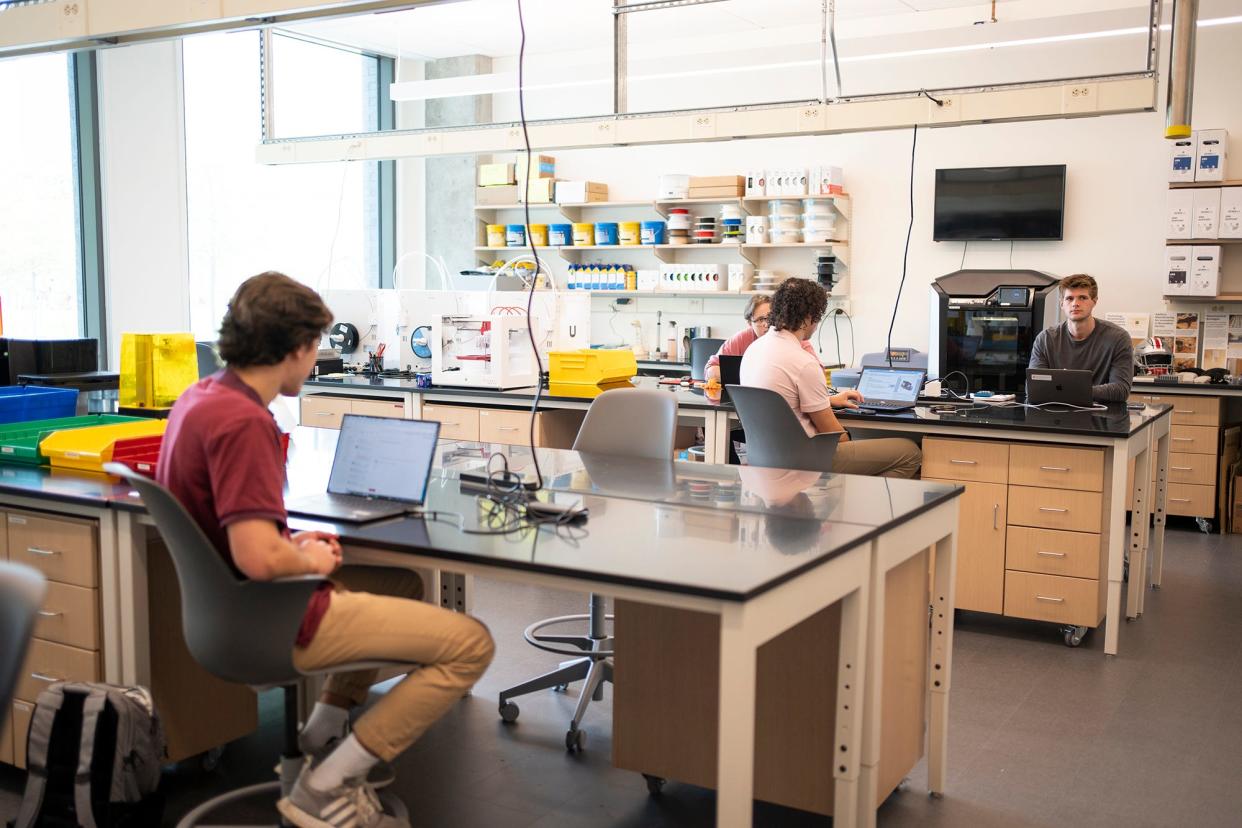Ohio State's $1.36 billion in federal research expenditures now rank above Harvard

Ohio State University reported higher federal research and development expenses than Harvard University in the last fiscal year, according to new numbers released by the university.
The university reported its latest research numbers as part of its submission to the National Science Foundation's Higher Education Research and Development Survey. The HERD survey tracks and ranks research and development expenditures at U.S. colleges and universities.
Ohio State had $1.363 billion in research expenditures in fiscal year 2022, which ended in June. That's up $127 million from the previous fiscal year.
The university now ranks 11th among all research universities, up one spot from last year, and 7th among public universities. Ohio State ranks just behind Duke and Stanford and ahead of the University of North Carolina at Chapel Hill and Harvard University.
“Ohio State’s research and creative expression community is committed to groundbreaking, convergent research that provides positive impacts for our community, state and world,” said Peter Mohler, acting president and executive vice president for research, innovation and knowledge at Ohio State. “We are pleased that our rankings continue to improve, but are even more pleased to continue working with our partners and stakeholders to expand our research efforts and amplify their impacts.”

Two current Big Ten schools ranked above Ohio State in research expenses: the University of Michigan ranked fourth with $1.77 billion and the University of Wisconsin ranked eighth with $1.52 billion. (Soon-to-be Big Ten schools UCLA and the University of Washington also ranked higher than OSU.)
Ohio State also ranked sixth in the country for industry-sponsored research, totaling nearly $142 million in fiscal year 2022.
Overall, research and development spending by academic institutions reached nearly $98 billion in fiscal year 2022, an increase of $8 billion from the previous fiscal year. Research and development dollars funded by federal sources contributed to $4.9 billion of the total increase.
Ohio State announced a number of new research projects this year.
In November, Honda and Ohio State announced plans to build a new $22-million center to advance battery cell research and development meant to also serve as a training hub for students and workers. The facility is scheduled to open in April 2025.
The National Science Foundation awarded $5 million to Ohio State researchers as the lead institution studying the use of artificial intelligence (AI) to understand how climate is affecting biodiversity as part of the AI and Biodiversity Change (ABC) Global Climate Center.
The National Institute of Health’s Somatic Cell Genome Editing program awarded a $22-million grant to researchers at the Innovative Genomics Institute at the University of California at Berkeley, Ohio State Wexner Medical Center and College of Medicine, and UC at San Francisco to develop new approaches to treat multiple neurodegenerative diseases and clinical tests to help new CRISPR-based therapies reach patients. CRISPR, short for Clustered regularly interspaced short palindromic repeats, allows scientists to perform genome editing and quickly create cell and animal models that can be used to speed research into cancer and other diseases.
Sheridan Hendrix is a higher education reporter for The Columbus Dispatch. Sign up for Extra Credit, her education newsletter, here.
shendrix@dispatch.com
@sheridan120
This article originally appeared on The Columbus Dispatch: Ohio State ranks above Harvard for federal research expenditures

